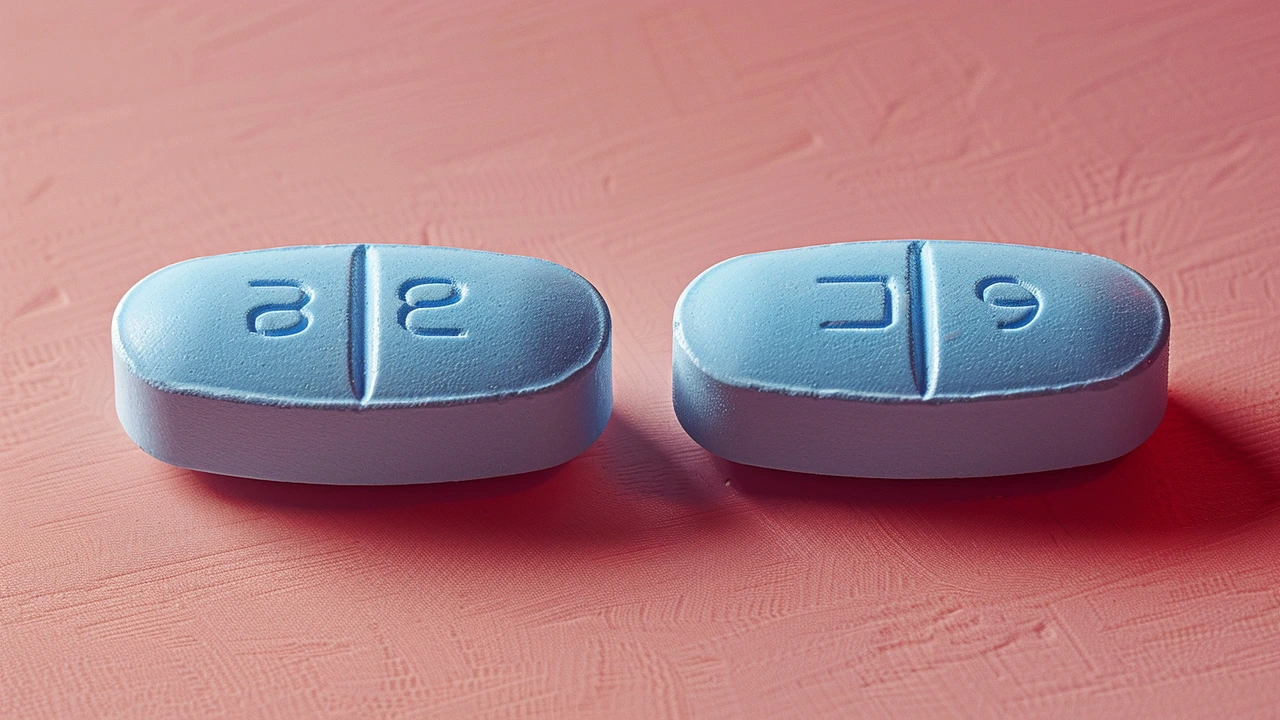Drug interactions: what they are and how to protect yourself
Drug interactions happen when two or more medicines, supplements, or foods change each other’s effects. That can mean one drug becomes stronger, weaker, or causes new side effects. You don’t need to memorize every interaction, but you should know the common red flags and quick checks to stay safe.
How to spot risky interactions
Start with the obvious: any new symptom after starting a medicine — dizziness, severe headache, sudden rash, breathing trouble — deserves attention. Watch for these patterns: a med makes another less effective (so symptoms come back), two drugs double the same side effect (like drowsiness or low blood pressure), or a medicine interferes with how your body breaks down another drug. Certain combos are classic troublemakers: grapefruit with some statins, St. John’s wort lowering levels of many prescription drugs, and mixing sedatives or alcohol with sleep meds or opioids.
Also consider your body: liver and kidney problems change how drugs are cleared, so doses that are fine for one person can be risky for another. Older adults often take more meds, which raises interaction chances. If you take supplements, herbal remedies, or over-the-counter painkillers, treat them the same as prescriptions when checking for interactions.
Quick checks and smart habits
Before you take anything new, do these three simple things: 1) Read the label for major warnings. 2) Use an online interaction checker or your pharmacy’s tool. 3) Ask your pharmacist or prescriber: say every drug, vitamin, and supplement you use. If a provider suggests stopping a medicine, ask how long to wait before starting another — some interactions need hours, others need days.
Keep a current med list on your phone or wallet. Mention all medications before surgery or dental work. If you start feeling unusual side effects, don’t guess — contact your clinician or pharmacist. For serious signs like trouble breathing, chest pain, fainting, or confusion, get emergency help right away.
Want focused reading? Here are useful articles from Top-Meds.org that cover interaction risks and safe use:
- Xenical for Weight Loss: overview of orlistat and its interactions with fat-soluble vitamins and other meds.
- Atorvastatin at Night: timing, sleep effects, and statin interactions to watch for.
- Chloromycetin: antibiotic basics, side effects, and interaction cautions.
- Toradol (Ketorolac): pain med risks, dosing limits, and drugs that raise bleeding risk.
- Losartan-Induced Rash: how side effects can mimic allergic reactions or drug interactions.
If you want help checking your medicines, copy your med list into an interaction checker or bring it to a pharmacist. Small steps now prevent big problems later.

Atenolol Interactions with Over-the-Counter Medications: Essential Guide for Safe Use
People taking atenolol often wonder which over-the-counter meds are safe. This article dives into how common OTC drugs can affect your beta blocker, what interactions to watch out for, and tips to help you avoid dangerous combos. Learn what happens inside your body when drugs mix the wrong way and find real advice for shopping the pharmacy aisle if you're on atenolol. Everyone deserves to feel confident managing their blood pressure without stumbling into risky drug interactions.

Comprehensive Guide to Flagyl Oral: Benefits, Adverse Effects, and Usage Instructions
Flagyl Oral, or metronidazole, is a critical antimicrobial used to fight bacterial and parasitic infections. It's essential to understand its uses, side effects, and interactions for effective treatment. Learn more about how to optimize therapy and ensure patient safety.
